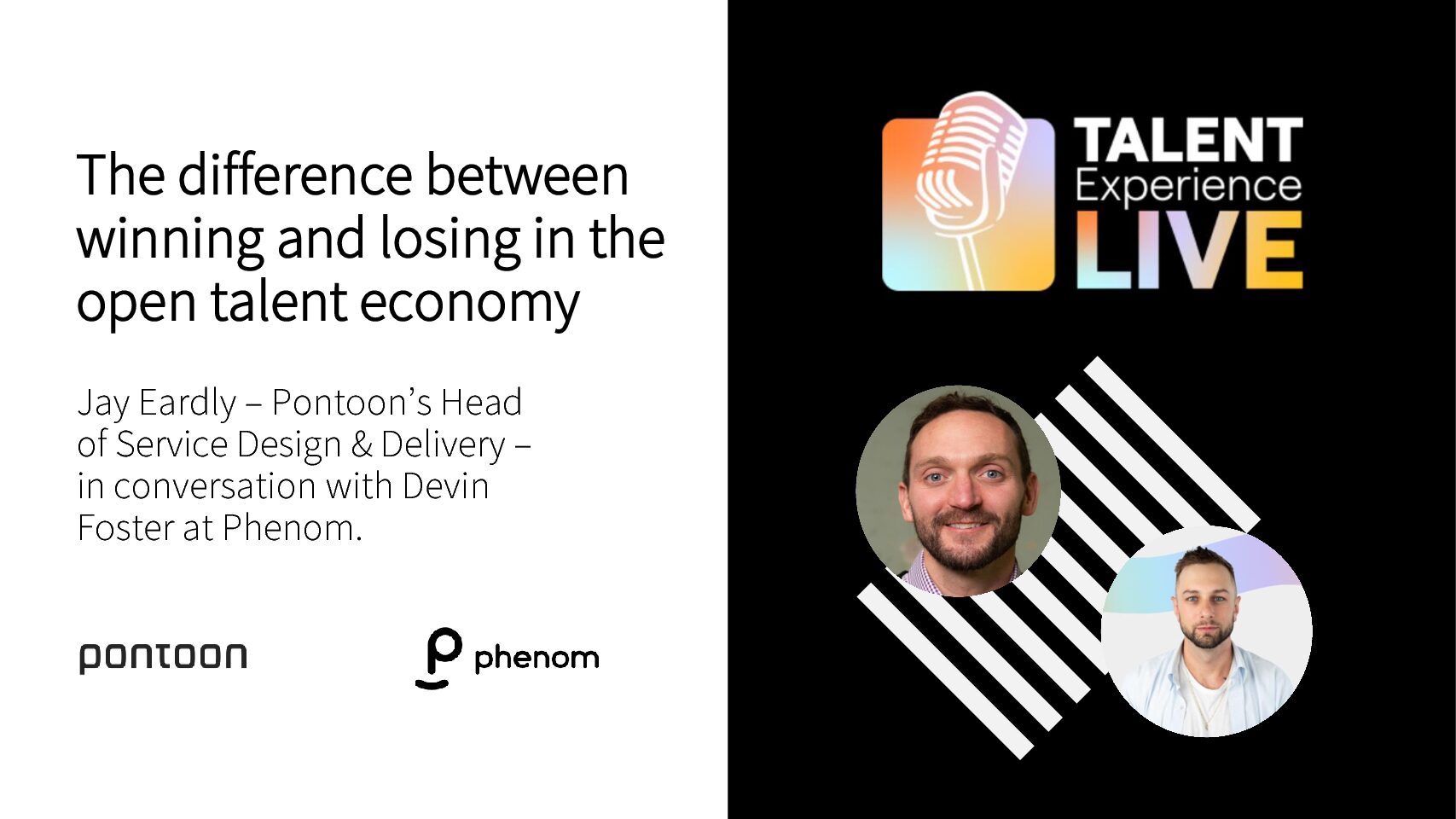Navigating the open talent economy with data analytics
In today’s open talent economy, accessing and using data effectively is essential for any organisation. The world of work is changing fast, so properly leveraging data analytics is crucial to keep up.
“Where there is data smoke, there is business fire.” — Thomas Redman

Jon Milton, Sales Director UK
Data has always been a powerful tool for organisations, enabling them to make informed decisions, uncover valuable patterns, and gain a competitive edge. However, in the turbulent and constantly shifting post-pandemic reality, we face numerous challenges that pose crucial questions: How do we make data relevant and actionable? How can we use data to make ‘first-time-right’ decisions? How can we future-proof it?

Subashree Jagannathan, Senior Director – Data Science
The answers lie in our ability to harness data effectively and use it to navigate the ever-evolving business landscape. Data can boldly assert itself and seize the attention of the C-suite, empowering companies to make strategic decisions with confidence.
Another critical question is how we can better leverage data to navigate our talent landscape. Given the limited transparency, the use of data within contingent (external) workforce management has always been a challenge. Luckily, MSPs supported by VMS technology have made significant progress in this arena, providing executives with more visibility into their processes and people. Still, there’s room for improvement in how to leverage this data effectively.
How to ensure continued focus on data in contingent programmes
In contingent workforce management, implementing an MSP gives programme teams instant access to data and management information, resulting in complete transparency over otherwise fragmented and decentralised buying processes. This visibility enables clients and MSP providers to take control of customer spending and enhance quality, cost management, risk, and processes. Unsurprisingly, organisations see this as a revelation and are instantly empowered to plot strategic improvements in demand management and workforce planning.
As relationships mature, however, MSP data can quickly become more ‘business as usual’ than ‘actionable insight’ and lose its relevance in workforce decision-making. Access to large amounts of data can be overwhelming, leading to a lack of direction on using the data effectively.
In the open talent economy, where new workforce models – such as project teams and hire-train-deploy approaches – have emerged, leveraging data is essential to analyse clients’ current workforce and see what changes can be implemented to allow for growth and innovation in the evolving labour market. Without a proper assessment of requirements, possible options and competition, firms risk driving unnecessary costs and once again fragmenting their talent management processes.
To combat these issues, organisations should consider the following:
- The right resources must be in place to analyse and interpret data effectively.
- Organisations should share their goals and objectives with their partners to create a mutual understanding of what insights are needed to deliver business outcomes.
- There need to be regular C-suite conversations taking place.
- Data must be interpreted at both micro and macro levels.
By implementing these measures, organisations can use data to navigate the open talent economy more effectively.
What we’ve learned at Pontoon about harnessing data
At Pontoon, we use various data tools to support our customer partnerships. We also have access to unrivalled group data and insight through our Adecco Group brands – Akkodis, Adecco and LHH. This means we’re able to consistently deliver the right candidates to our customers through a range of open talent channels and deliver additional benefits.
Improved cost management. Pontoon’s Time to Fill Estimator and Market Intelligence tools show pay rates, candidate availability and estimated time to hire by location. If your workforce was based in a single location pre-pandemic and most of your staff now works remotely with occasional trips to the office, should you consider changing the way you recruit now? Using data at this level means you can compare contingent and permanent headcount costs and change things around if there’s a more cost-effective and process-efficient way of engaging the right talent.
Increased efficiency. Using data to inform demand planning can deliver exceptional value, enabling you to approximate future needs and assess the best available route to market in the open talent economy. Pontoon’s Demand Forecaster helps predict future demand, aligning past data with current hiring trends from the programme. We have successfully deployed this tool with a customer in the financial sector to meet a spike in demand for Java and data engineering talent. This model allowed for 94% forecasting accuracy, enabling proper coverage and supply chain readiness for future requirements.
Decision intelligence. One of Pontoon’s newest tools is the Supplier Recommendation Engine, which acts as a personalised decision support system, allowing our customers to choose suppliers objectively. This decision intelligence tool uses machine learning algorithms to analyse suppliers’ past performance and predict which will meet customer expectations.
It is impossible to crack the code of open talent economy without leveraging data. Having access to analytics tools that can pinpoint workforce trends, analyse the efficiency of deployed sourcing channels, and enhance demand planning, is essential to figure out the routes to market that work best now, leaving the pre-pandemic legacy approaches behind.
Get in touch with us by clicking the button below. We would like to hear about your challenges and start a conversation about how we can support you in navigating what the open talent economy has to offer.
Related Post
Pontoon’s Head of Service Design & Delivery – Jay Eardly – has recently appeared on Phenom's Talent Experience Live podcast to discuss the intricacies of the open talent economy. In ...




